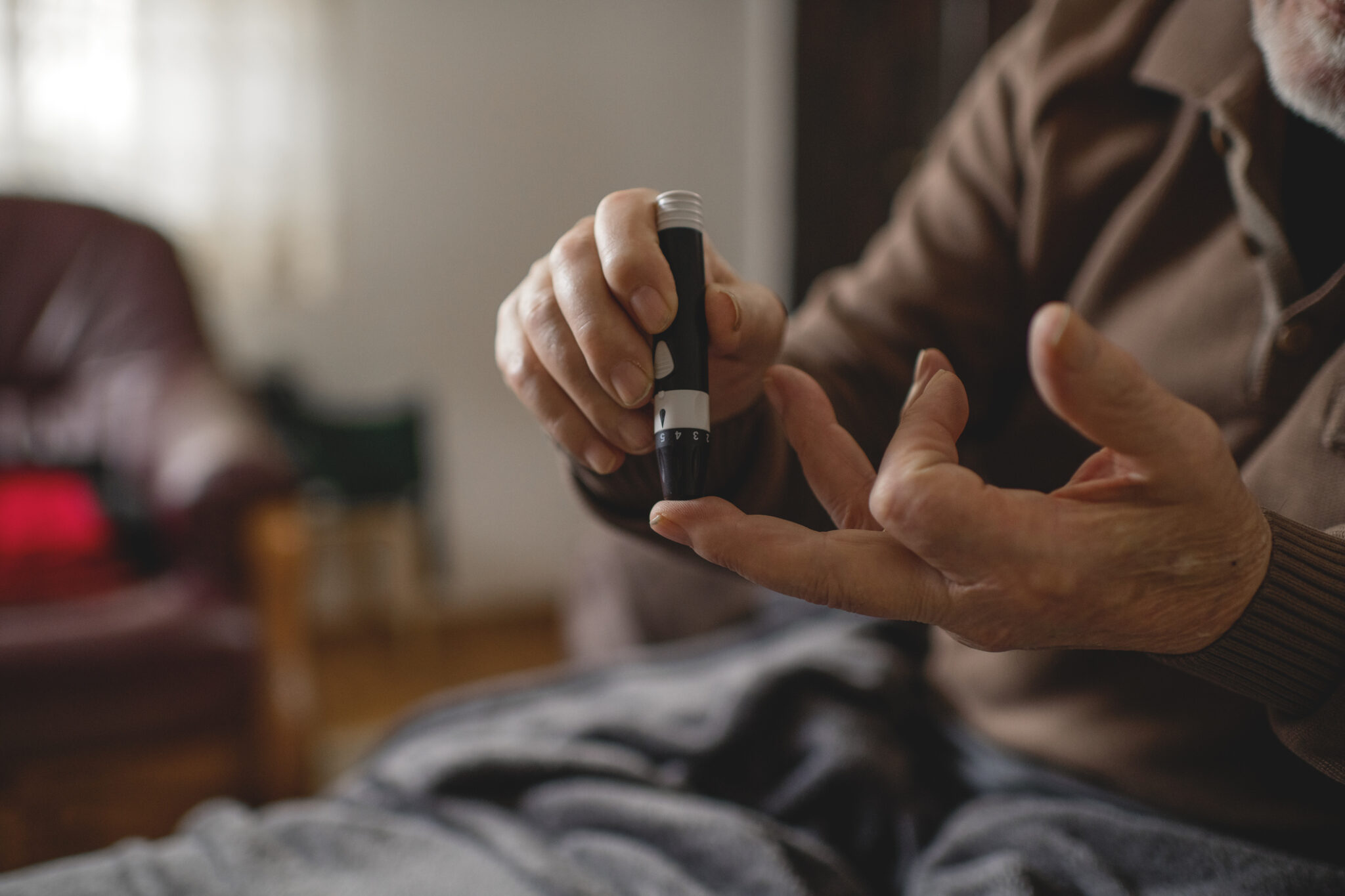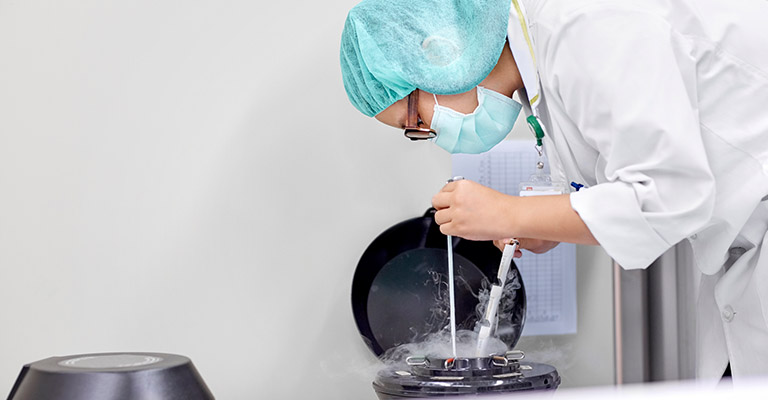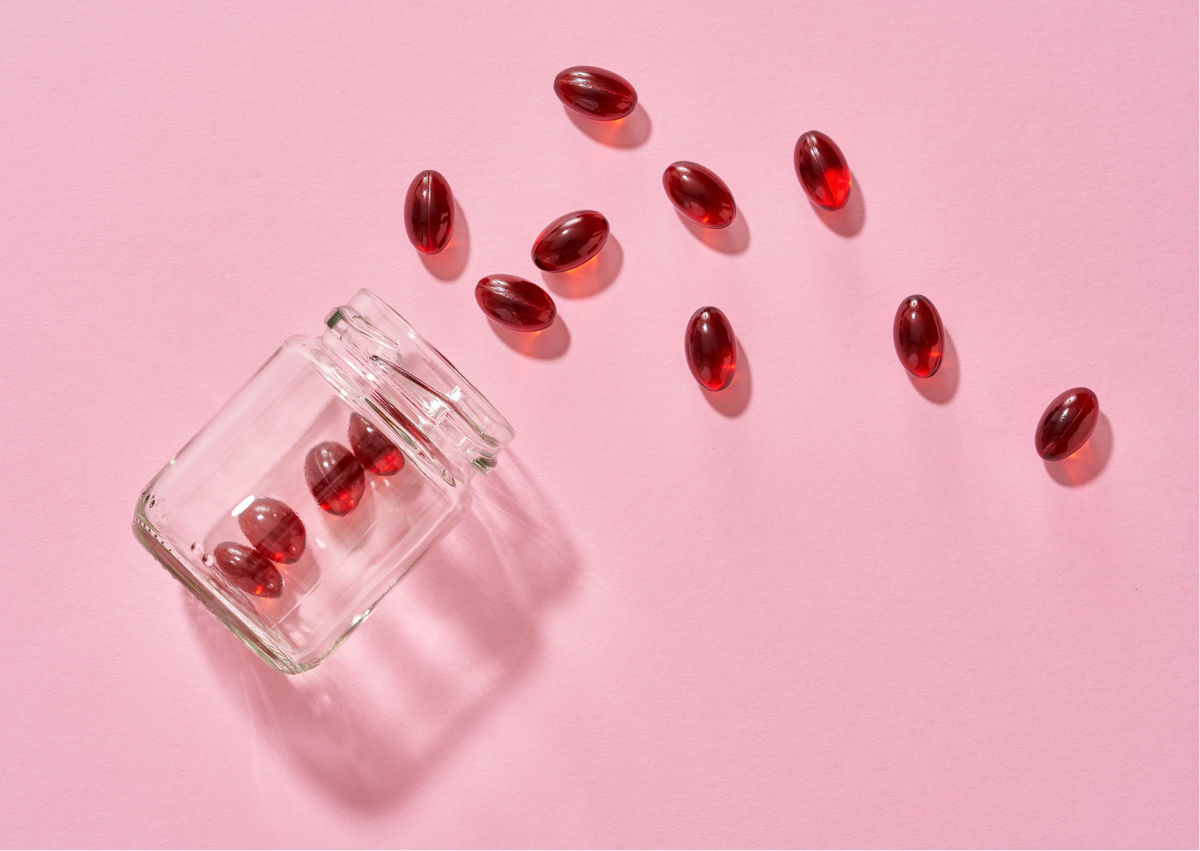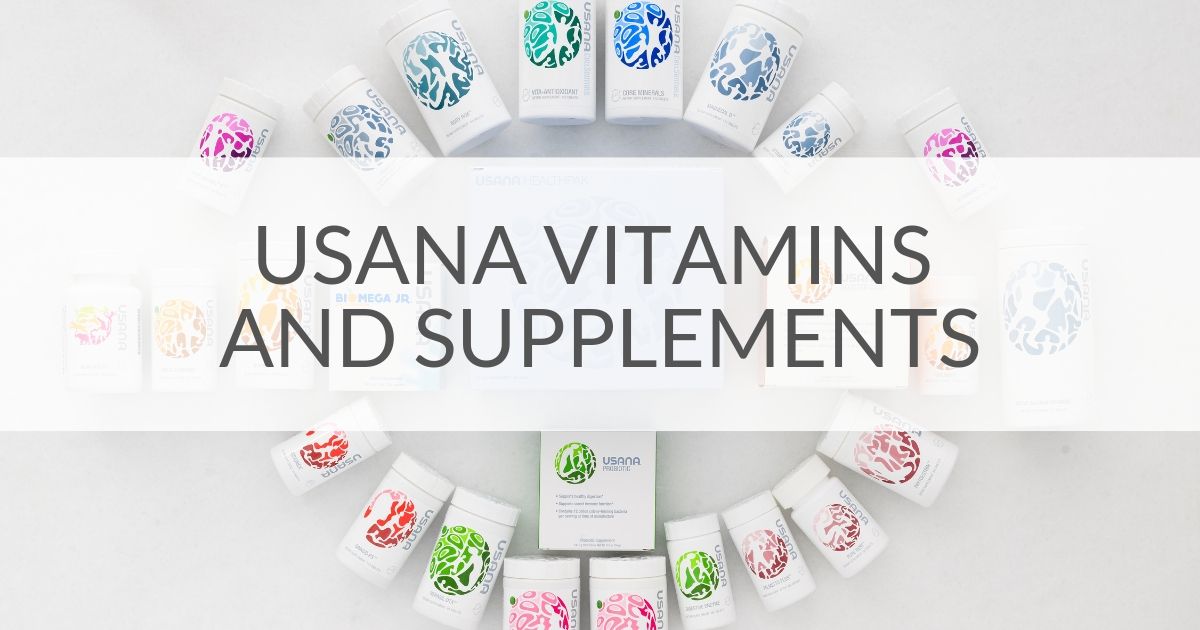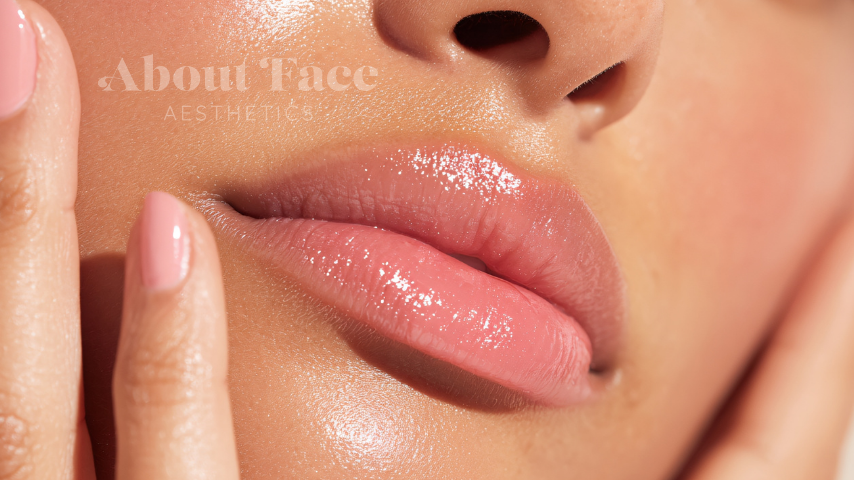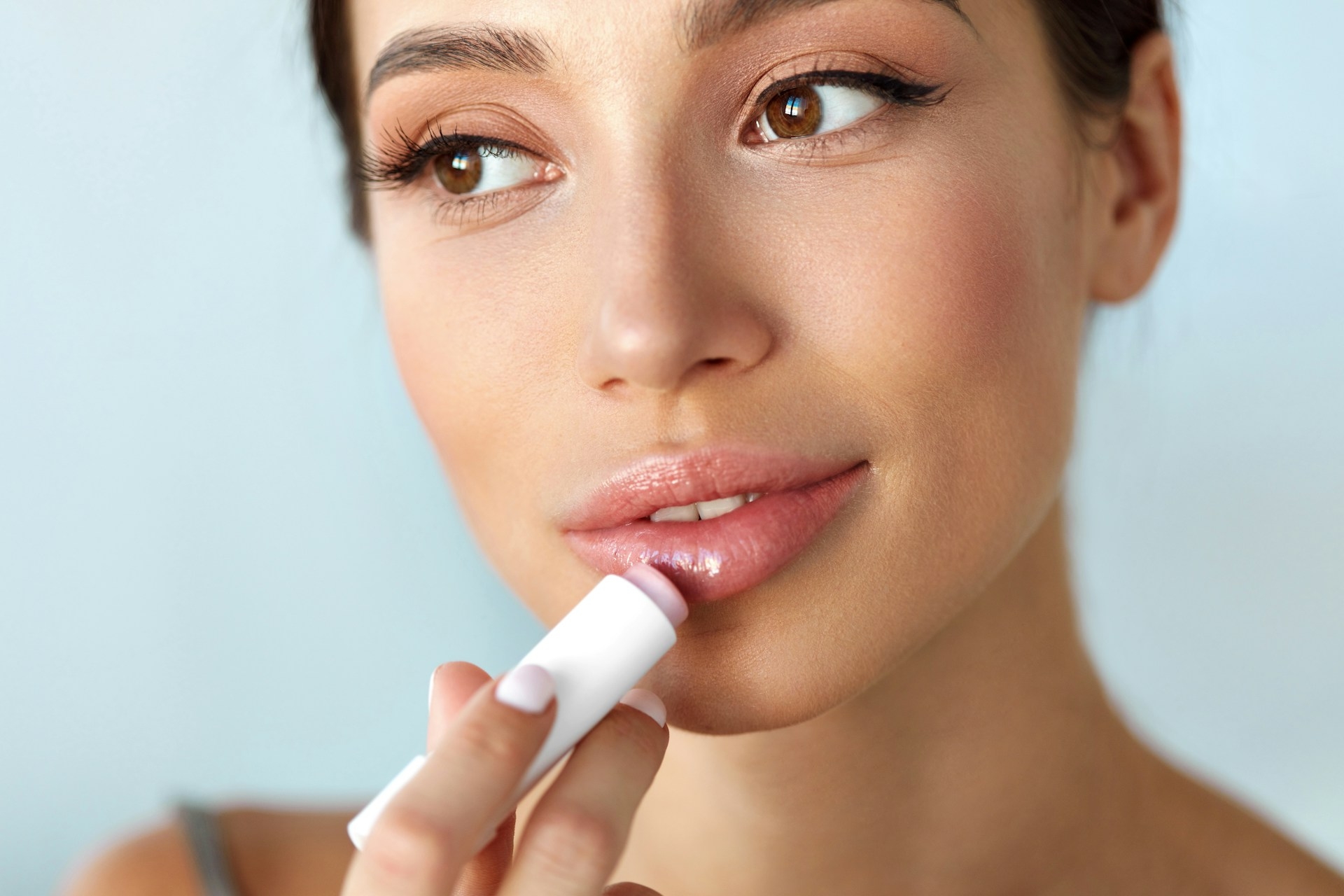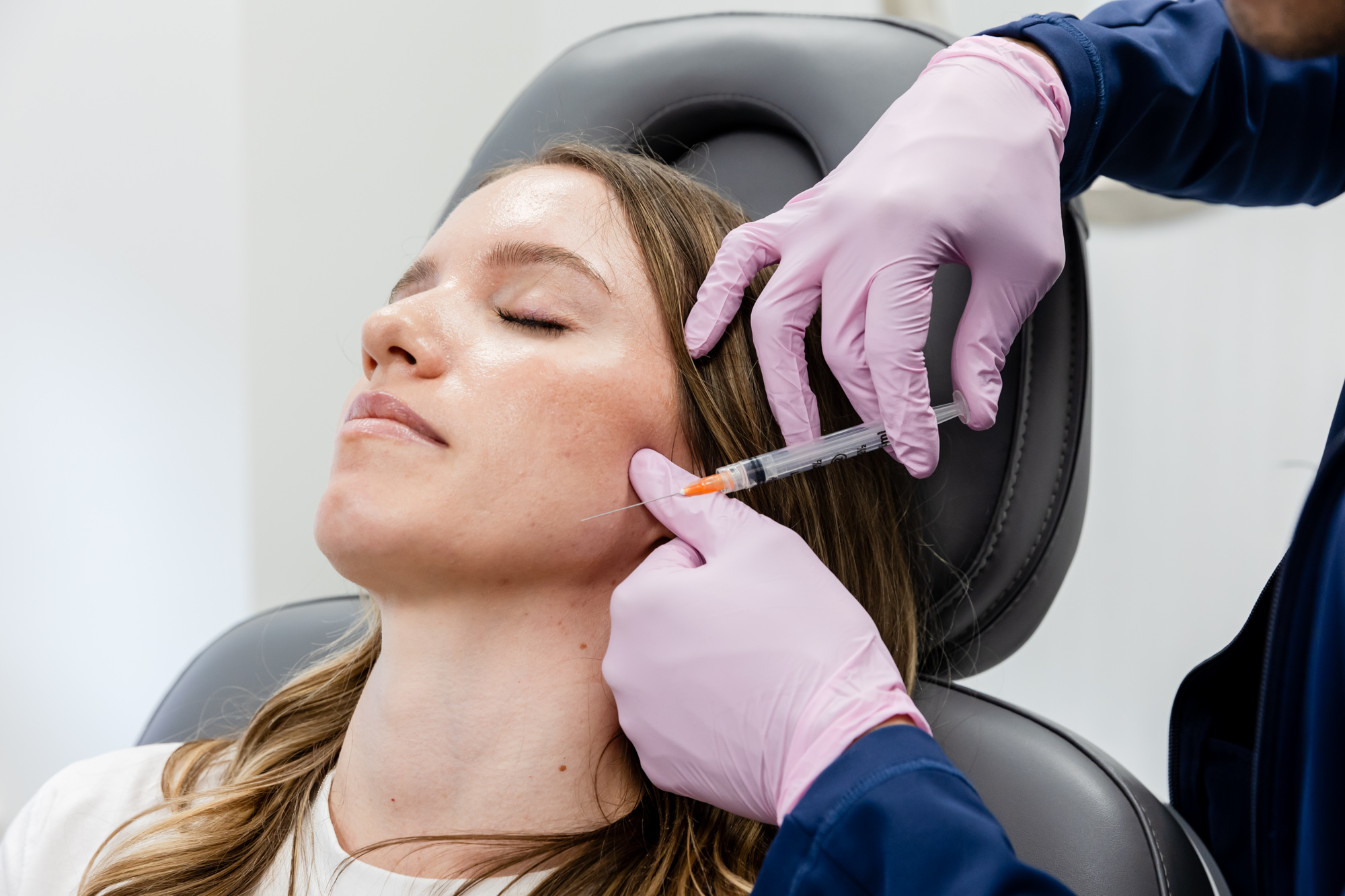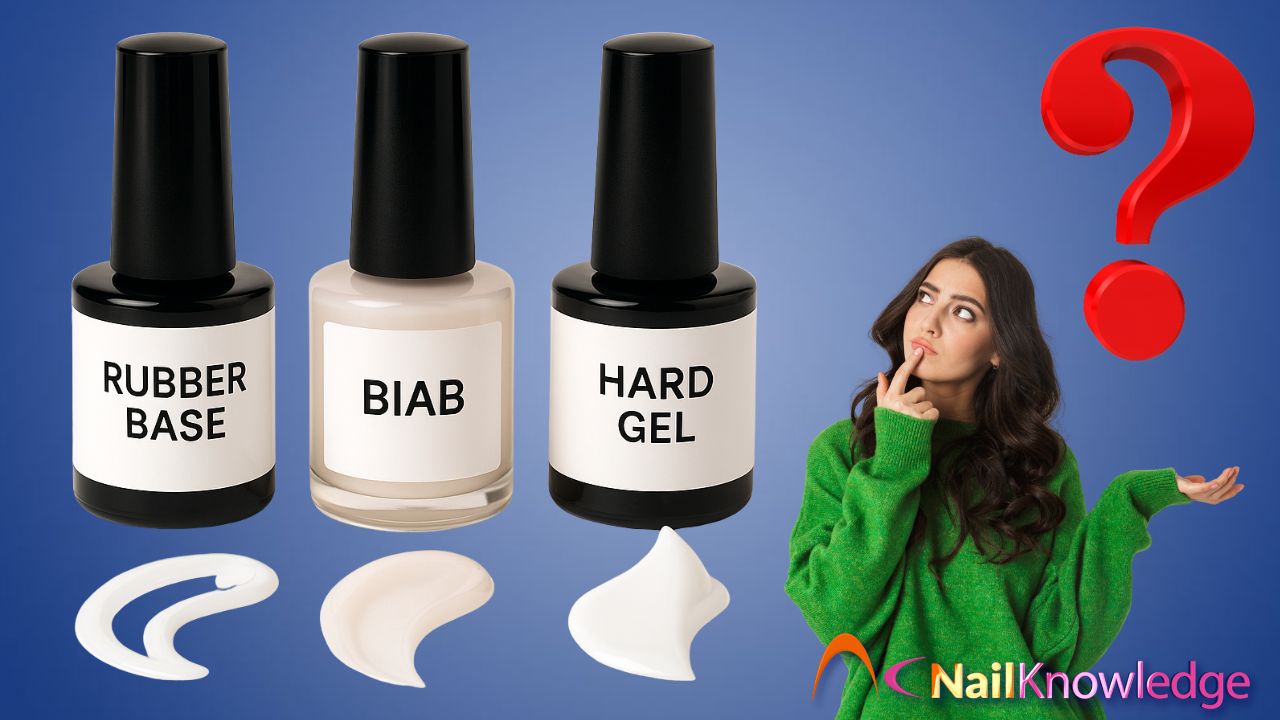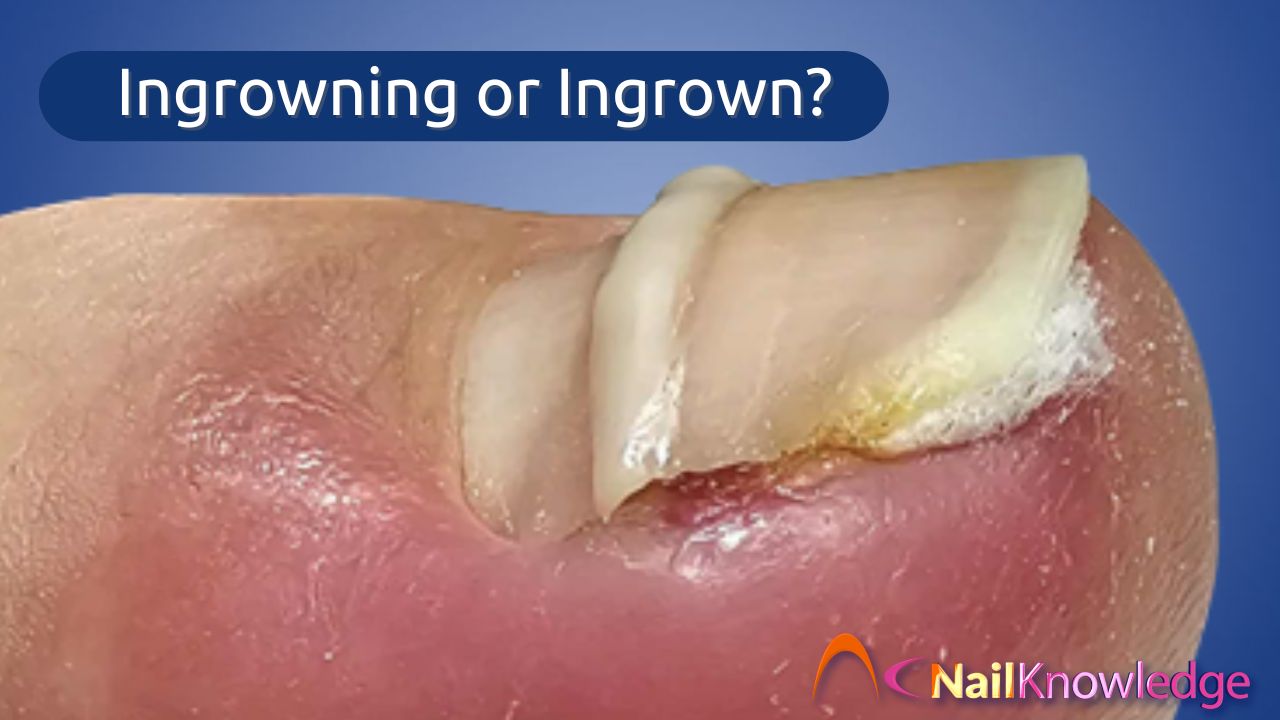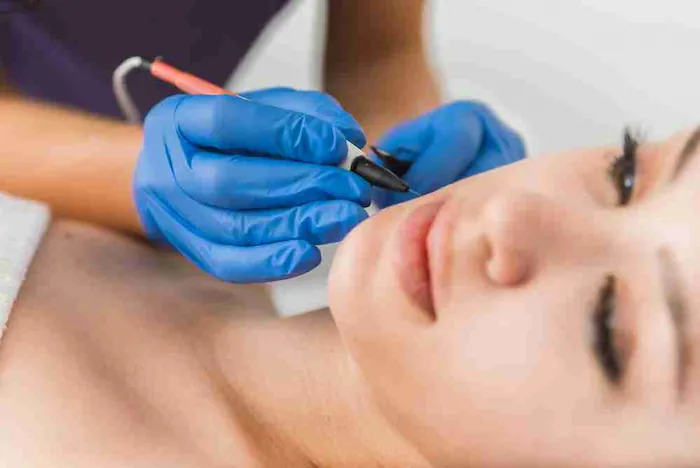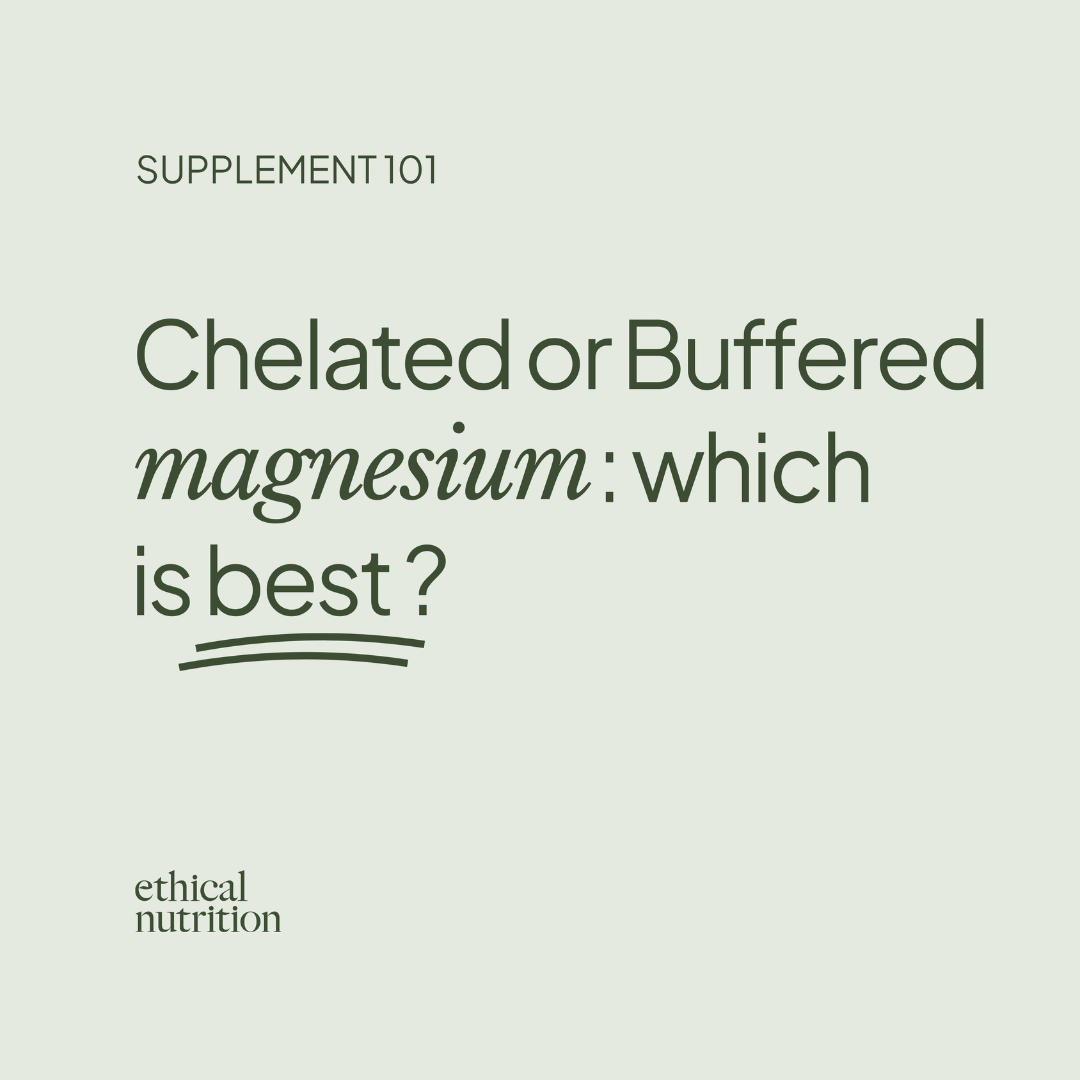How to Tell If a Rash Is Contact Dermatitis

Rashes can be frustrating, especially when you’re not sure what’s causing them. One of the most common skin rashes people experience is contact dermatitis, a rash that develops when your skin comes into direct contact with something that irritates it or triggers an allergic response. While many rashes look similar, understanding the signs of contact dermatitis can help you to figure out what’s causing it, treat it properly, and prevent future flare-ups.
Contact dermatitis is a skin rash that happens when your skin touches something that irritates it or causes an allergic reaction.
Fragrances, preservatives, detergents, and metals in jewelry are common triggers.
It should clear up on its own once the trigger is removed.

What Is Contact Dermatitis?
Contact dermatitis is an inflammation of the skin caused by direct exposure to an irritant or allergen. The skin’s natural inflammatory response is triggered by these substances and the skin’s natural barrier is disrupted, leading to redness, itching, and irritation. Contact dermatitis is not contagious, but it can be uncomfortable and sometimes unsightly.
There are two main types:
Irritant contact dermatitis: Caused by frequent or prolonged contact with substances that physically damage the skin barrier, such as harsh soaps, certain skin care or personal care ingredients, or cleaning products.
Allergic contact dermatitis: Triggered by an allergic reaction when your immune system recognizes a substance as harmful, even if it isn’t for most people. Examples include nickel in jewelry, fragrances , or preservatives in skin care products .

Common Triggers
Many everyday products can cause contact dermatitis. Some of the most common culprits include:
Fragrances and essential oils, including limonene, linalool, and eugenol
Preservatives like parabens, formaldehyde, and Methylisothiazolinone (MIT)
Certain skin care ingredients, such as niacinamide
Metals like nickel, cobalt, and chromium
Soaps, shampoos, makeup, and deodorants
Laundry detergents and cleaning sprays
Poison ivy, oak, or sumac
Topical medications like neomycin or bacitracin
Latex and rubber materials
Hair dyes
Because so many different triggers can cause contact dermatitis, it can take some trial and error to find the culprit. Start by eliminating one product or ingredient at a time and see if your skin begins to clear up.

What Does Contact Dermatitis Look Like?
Contact dermatitis can present differently, depending on the trigger. However, there are a few common telltale signs that can help you to pinpoint the cause of your rash:
Appears only on the area of skin that came into contact with the trigger.
Looks red, dry, or scaly, and may develop small bumps or blisters.
Can feel itchy, tender, or burning.
Sometimes oozes or becomes crusty if the reaction is more severe.
Should resolve on its own once the trigger is removed.
Contact Dermatitis vs. Other Skin Rashes
Because many rashes look alike, people often confuse contact dermatitis with other skin conditions. Here are a few key differences between contact dermatitis and other common skin rashes:
Contact dermatitis vs. atopic dermatitis (eczema): Atopic dermatitis, or eczema , is a chronic skin condition often linked to genetics, allergies, or asthma. It tends to appear on the folds of elbows, knees, or around the neck and can flare up even without direct contact with a trigger. Contact dermatitis, on the other hand, only appears where the skin touches an irritant or allergen.
Contact dermatitis vs. psoriasis: Psoriasis is an autoimmune condition where skin cells turn over too quickly, leading to thick, silvery scales and well-defined plaques that often appear on elbows, knees, scalp, and the lower back. Unlike contact dermatitis, psoriasis is a long-term, recurrent condition rather than an isolated reaction.
Contact dermatitis vs. rosacea: Rosacea is a chronic inflammatory skin condition that causes redness, visible blood vessels, and sometimes acne-like bumps. Rosacea flares can be triggered by things like heat, exercise, alcohol, spicy foods, or stress. Rosacea also tends to be long-lasting and progressive if untreated, whereas contact dermatitis is temporary and linked to a specific exposure.
Contact dermatitis vs. seborrheic dermatitis (seb derm): Seborrheic dermatitis is linked to an overgrowth of yeast on the skin and excess oil production. It typically affects oily areas like the scalp, eyebrows, sides of the nose, or chest, and causes flaking skin and redness. Unlike contact dermatitis, seb derm isn’t caused by direct exposure to a trigger and tends to flare periodically rather than disappearing when exposure stops.
Contact dermatitis vs. perioral dermatitis: Perioral dermatitis is a facial rash that typically appears as clusters of small red bumps around the mouth, nose, and sometimes the eyes. This condition is often linked to topical steroid use, certain skincare products, or even flavored toothpaste or chewing gum. It tends to persist and spread gradually rather than clearing up once a single trigger is removed and often requires prescription creams or oral antibiotics.

How Is Contact Dermatitis Treated?
True contact dermatitis should clear up on its own once the trigger is removed. If you have recently tried a new skin care or personal care product, start by eliminating those new products first to see if your skin clears up. Once you find and eliminate the cause, contact dermatitis should go away within a few days or weeks, depending on the severity and type of exposure.
In the meantime, you may want to simplify your skin care routine to the basics and consider using a gentle, fragrance-free cleanser and barrier-repair moisturizer while your skin clears up. Anti-inflammatory ingredients like aloe, argan oil, and green tea can help to soothe red, irritated skin. Cool compresses and over-the-counter hydrocortisone cream can also help to soothe the skin. If you have a severe rash or allergic reaction, contact your doctor for treatment advice.
Skin-Soothing Skin Care
Using gentle skin care products with soothing anti-inflammatory ingredients can help to calm red, irritated skin while it heals. If you are a sensitive skin type, you may benefit from including anti-inflammatory skin care ingredients in your regular skin care routine.
Some of our favorites include:
Bottom Line
Contact dermatitis is a common but often frustrating skin condition that happens when your skin reacts to something it touches. The good news is that it usually clears up once you stop using the product or material that caused the reaction. Once you know what the trigger is, you can then prevent contact dermatitis in the future by avoiding that trigger.
If you don’t already know your skin type, it is also a good idea to take the skin type quiz below and find out so that you can customize your skin care routine with products that work for your skin and that shouldn’t lead to unwanted reactions.
[[ctaquiz]]
Does contact dermatitis spread?
No. Contact dermatitis does not spread from person to person or to other areas of your body. The rash only appears on the skin that directly touched the irritant or allergen. However, scratching can worsen irritation or lead to infection.
Can I apply makeup or sunscreen on top of contact dermatitis?
It’s best to avoid makeup or sunscreen on areas with an active rash, as these can worsen irritation. If sun protection is needed, use a mineral sunscreen with zinc oxide or titanium dioxide, which tend to be less irritating, or wear UV-protective clothing.
Can contact dermatitis leave dark spots on the skin after it heals?
Yes. Some people develop post-inflammatory hyperpigmentation (dark spots) or hypopigmentation (lighter patches) after the rash clears up. These usually fade over time but can last weeks to months. Using gentle skincare and sun protection can help to minimize discoloration.
Best References and Scientific Publications on Contact Dermatitis
- Baumann L. Antiaging Ingredients in Ch. 37 of Baumann's Cosmetic Dermatology Ed 3. (McGraw Hill 2022)
- Baumann, L. Ch. Cosmeceuticals and cosmetic Ingredients (McGraw Hill 2015)
- Usatine, R. P., & Riojas, M. (2010). Diagnosis and management of contact dermatitis. American family physician, 82(3), 249-255.
- Kimber, I., Basketter, D. A., Gerberick, G. F., & Dearman, R. J. (2002). Allergic contact dermatitis. International immunopharmacology, 2(2-3), 201-211.
- Li, Y., & Li, L. (2021). Contact dermatitis: classifications and management. Clinical reviews in allergy & immunology, 61(3), 245-281.
- Brar, K. K. (2021). A review of contact dermatitis. Annals of Allergy, Asthma & Immunology, 126(1), 32-39.
- Rustemeyer, T., Van Hoogstraten, I. M., Von Blomberg, B. M. E., & Scheper, R. J. (2012). Mechanisms of allergic contact dermatitis. In Kanerva's occupational dermatology (pp. 113-146). Springer, Berlin, Heidelberg.
What's Your Reaction?
 Like
0
Like
0
 Dislike
0
Dislike
0
 Agree
0
Agree
0
 Disagree
0
Disagree
0
 Excellent
0
Excellent
0
 Useful
0
Useful
0
 Great
0
Great
0












